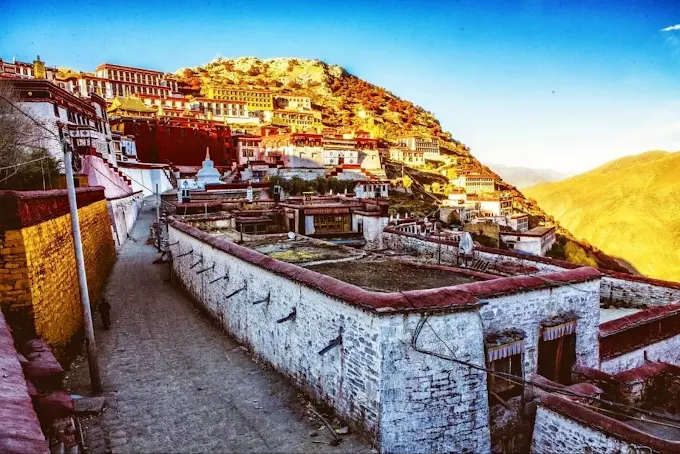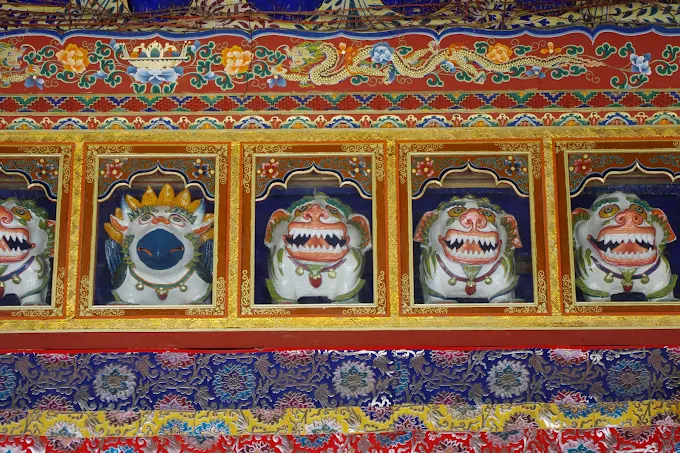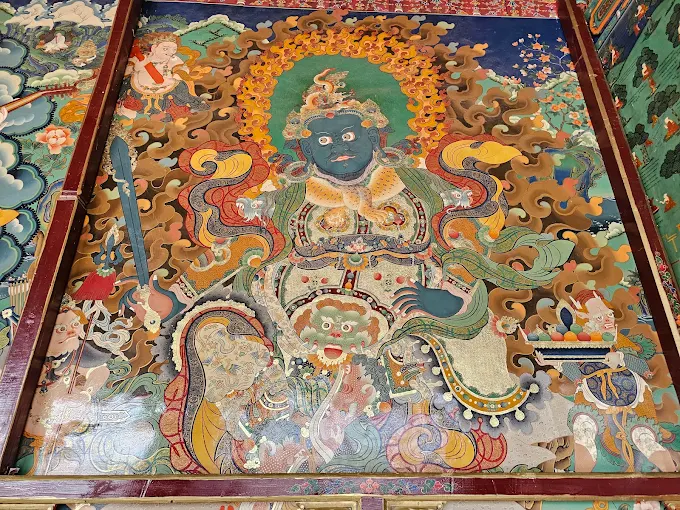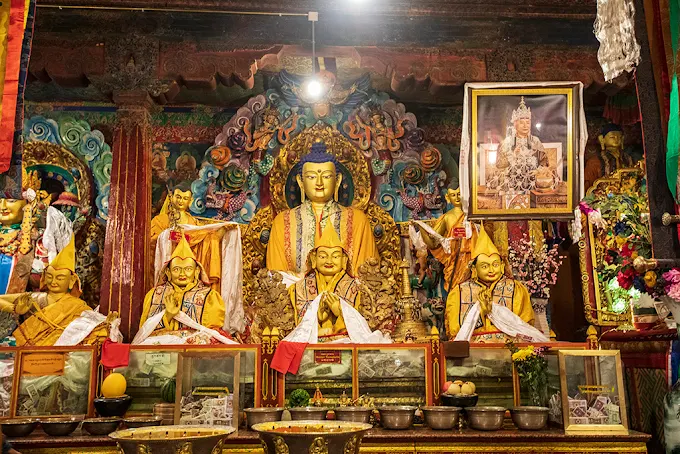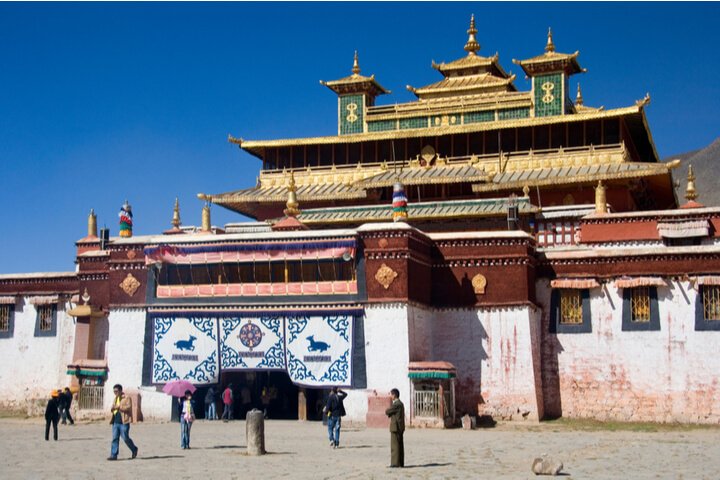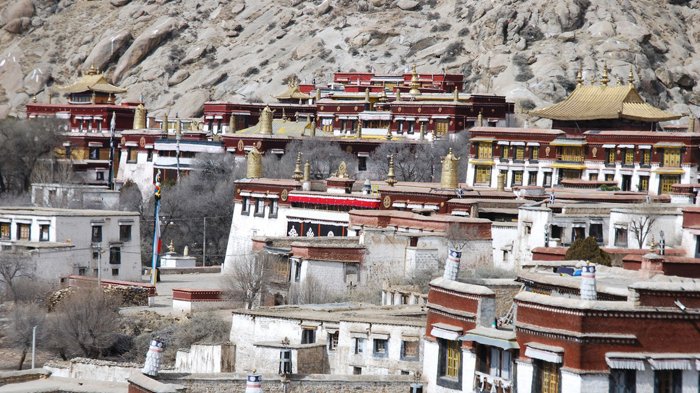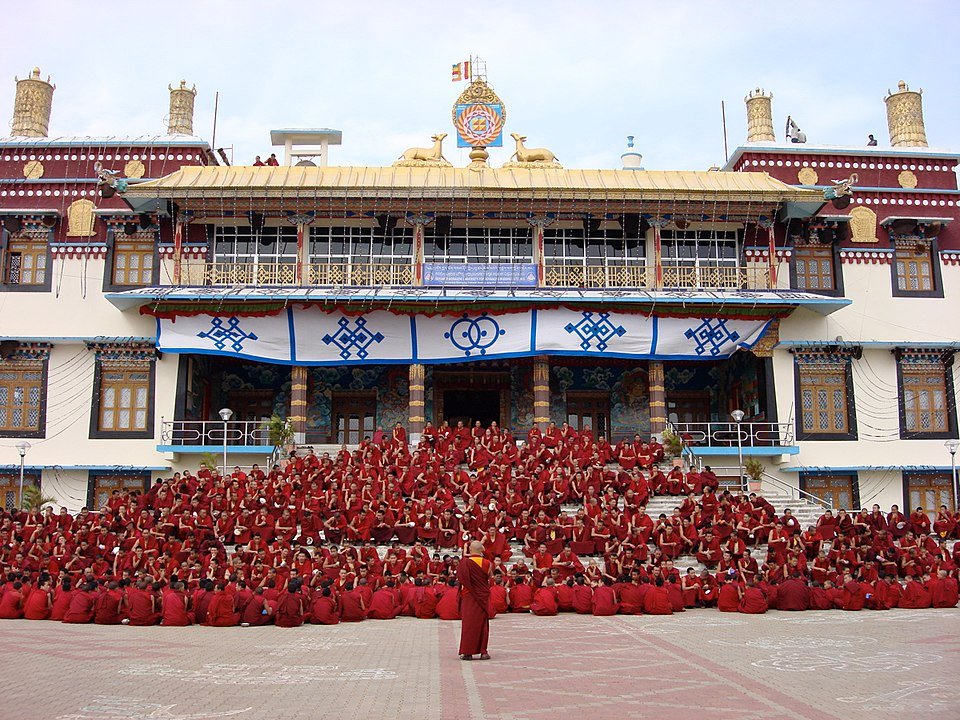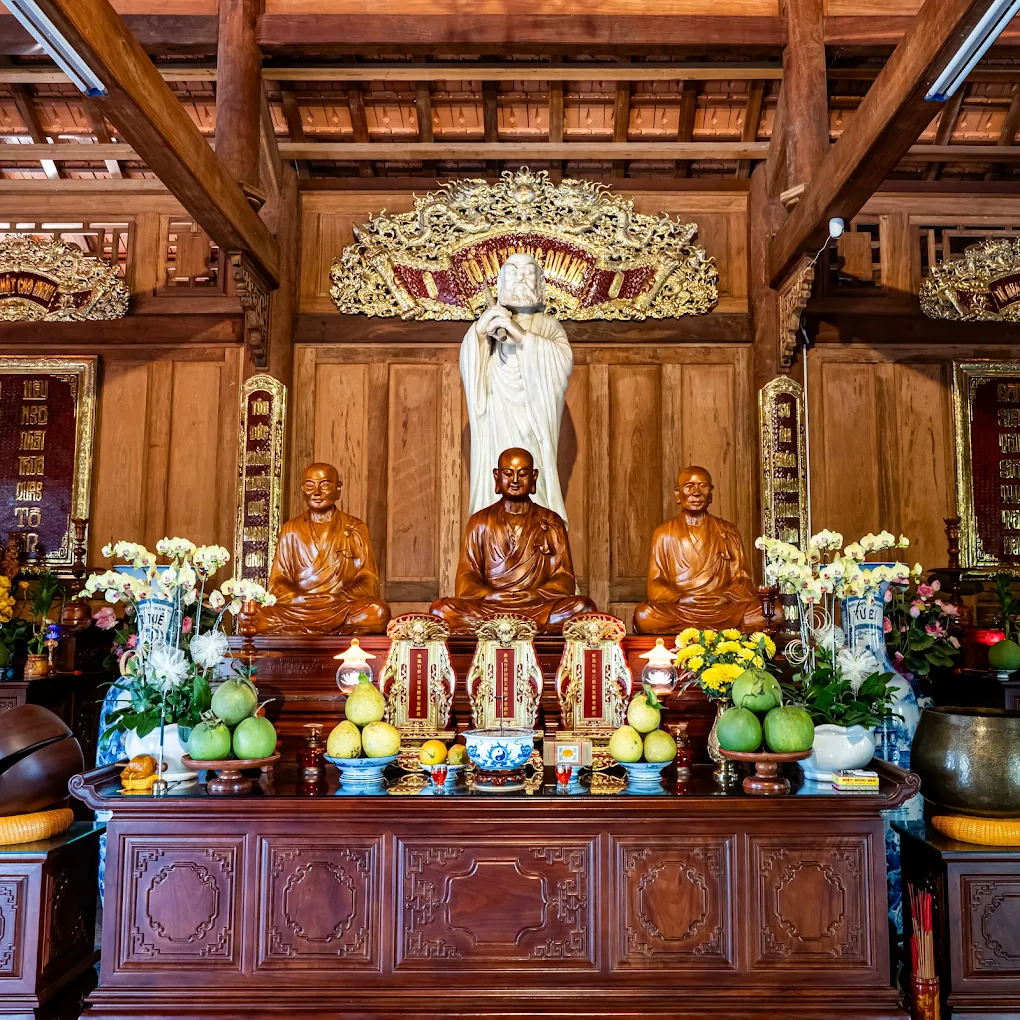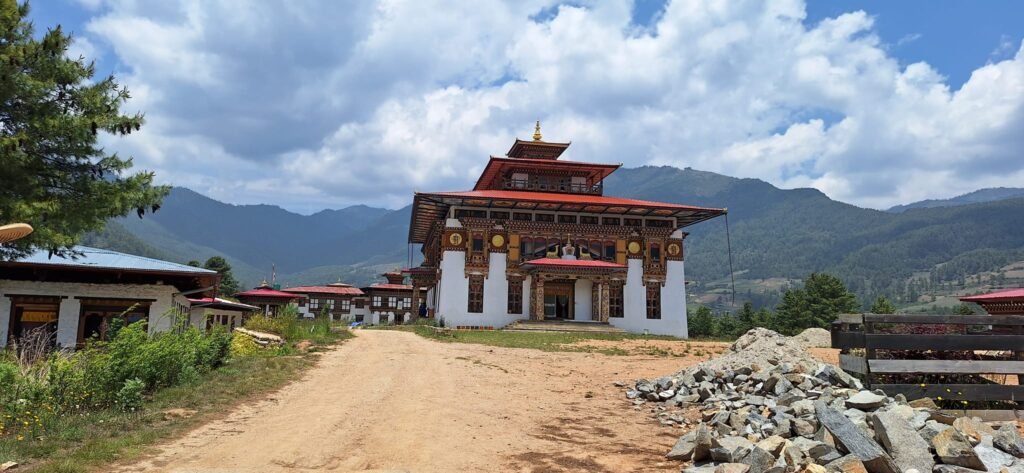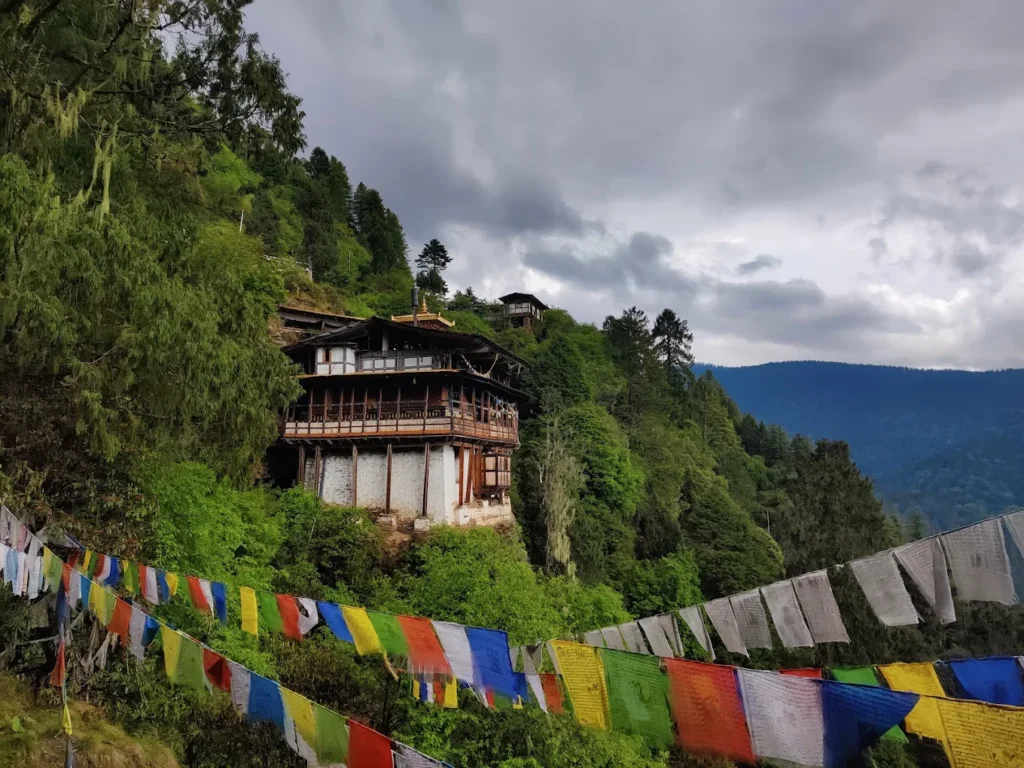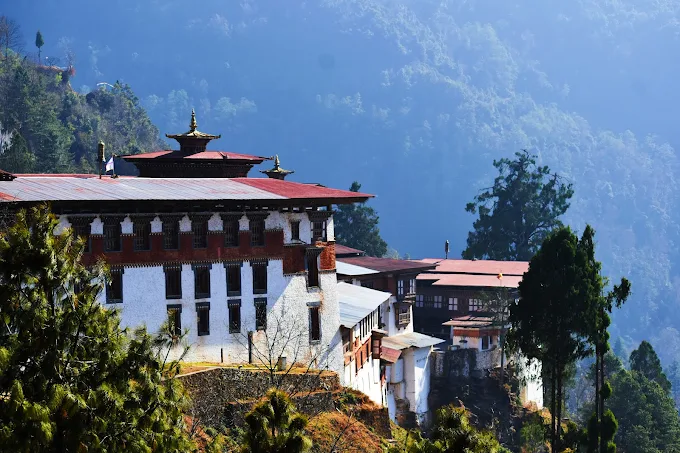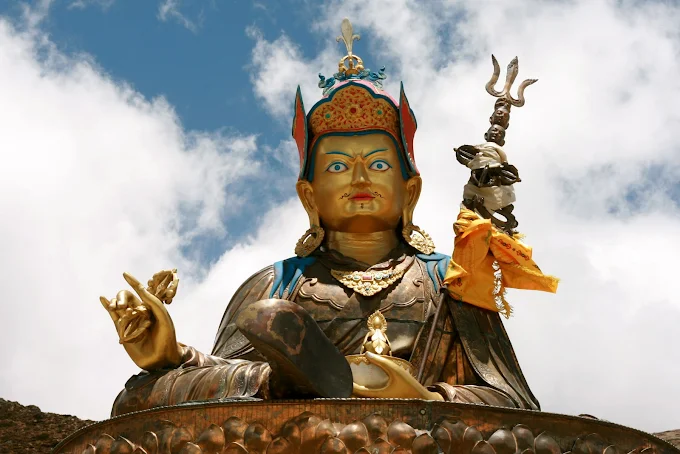Sera Monastery: The Arena of Lively Debates
Discover Sera Monastery’s vibrant debates, ancient halls, and sacred rituals in this Lhasa, Tibet temple listing.
Sera Monastery’s Dynamic Spirit
Nestled at the foot of Lhasa’s northern hills, Sera Monastery pulses with the energy of Tibetan Buddhist scholarship. Its famed monk debates and historic colleges draw pilgrims and travelers seeking intellectual and spiritual depth. This Gelugpa monastery, a cornerstone of Tibetan learning, invites exploration of Lhasa’s rich Buddhist heritage.
Essence of Sera Monastery
- Debating Hub: Renowned for spirited monastic debates, a hallmark of Gelugpa training.
- Buddhist Core: Venerates Shakyamuni Buddha, Maitreya, and protector deities like Hayagriva.
- Cultural Anchor: A vibrant center for Lhasa’s Buddhist community and visitors.
Historical Legacy
- Founded in 1419: Established by Jamchen Chojey, a disciple of Tsongkhapa, founder of the Gelugpa sect.
- Great Three Status: One of Lhasa’s trio of major Gelugpa monasteries, alongside Drepung and Ganden.
- Resilient Heritage: Preserved through centuries, with key halls restored to maintain its legacy.
Cultural Distinction
- Intellectual Haven: A leading center for Buddhist philosophy and debate training.
- Debate Courtyard: Daily monk debates attract global visitors, showcasing lively discourse.
- Festival Vibrancy: Hosts celebrations that blend spirituality with communal joy.
Architectural Harmony
Sera Monastery’s architecture blends rugged Tibetan simplicity with intricate Buddhist artistry, sprawling across Lhasa’s hills. Its debate courtyard and ornate chapels captivate visitors. The monastery’s design reflects both scholarly rigor and spiritual devotion.
Distinctive Design
- Tibetan Fortress Style: Whitewashed walls and flat roofs evoke a monastic stronghold.
- College Layout: Three main colleges (Sera Me, Sera Je, Ngakpa) organize the sprawling complex.
- Golden Accents: Gilded roofs on key chapels shimmer against the hillside.
Signature Structures
- Main Assembly Hall (Tsokchen): Houses a towering Maitreya statue and ancient thangkas.
- Debate Courtyard: A shaded, stone-paved arena for daily philosophical debates.
- Hayagriva Chapel: A sacred space with fierce deity statues, central to protective rituals.
Artisanal Craftsmanship
- Thangka Paintings: Vibrant scrolls depict Buddhist deities and mandalas.
- Wooden Carvings: Intricate altars and beams showcase Tibetan artistry.
- Bronze Statues: Polished figures of Buddha and Tsongkhapa adorn the halls.
Sacred Practices in Discourse
Sera Monastery’s rituals combine solemn devotion with the dynamic energy of scholarly debate. Daily practices and unique traditions engage visitors in Tibetan Buddhist life. Festivals transform the monastery into a lively hub of faith and celebration.
Sacred Daily Rites
- Morning Chanting: Monks recite sutras in the main hall, filling it with resonance.
- Butter Lamp Offerings: Visitors light lamps to honor Buddha and seek merit.
- Prayer Wheel Spinning: Devotees turn wheels along paths, invoking blessings.
Unique Spiritual Practices
- Monastic Debates: Daily afternoon sessions where monks debate philosophy with animated gestures.
- Sutra Recitation: Guided readings of Gelugpa texts, open to visitors with monks’ permission.
- Protective Rituals: Offerings to Hayagriva for spiritual safeguarding, led by senior monks.
Vibrant Festival Traditions
- Sera Bengchen: Annual event with sacred dances and deity veneration.
- Losar (Tibetan New Year): Festive prayers and butter sculptures mark renewal.
- Tsongkhapa Day: Honors the Gelugpa founder with lamps and communal chanting.
Visiting Sera Monastery
Sera Monastery, just north of Lhasa’s center, is accessible with respect for its sacred protocols. Practical details ensure a smooth visit for tourists and cultural enthusiasts. Following etiquette enhances the spiritual experience.
Getting There
- Address: Sera Road, Lhasa, Tibet Autonomous Region, China.
- Transport Options:
- Bus: Routes to Sera Road; walk 500 meters to the monastery gate.
- Taxi: A short ride from Barkhor Square; available via local apps.
- Walking: From Jokhang Temple, a 30-minute trek through Lhasa’s northern streets.
- Landmark Note: Spot the monastery’s whitewashed walls at the base of Pubuchok Hill.
Visiting Hours and Entry
- Hours: Open daily, 9:00 AM–4:00 PM; debates typically 3:00 PM–5:00 PM.
- Entry: Free for worshippers; tourists require a Tibet Travel Permit.
- Etiquette:
- Wear modest clothing (cover shoulders and knees); remove hats in halls.
- Photography allowed in the courtyard; banned inside chapels.
- Walk clockwise around shrines; offer vegetarian items (butter, khatas).
Accessibility and Safety
- Accessibility: Limited; uneven paths and steps, no ramps; mobility aids challenging.
- Guides: Local Tibetan guides offer English tours, often arranged at the gate.
- Safety Tips:
- Watch for crowds during debates; secure valuables.
- Stay on marked paths to avoid rocky terrain.
- Emergency contacts: Lhasa Police (110), Medical Assistance (120).
- Amenities: Nearby tea houses, restrooms, and small shops along Sera Road.
